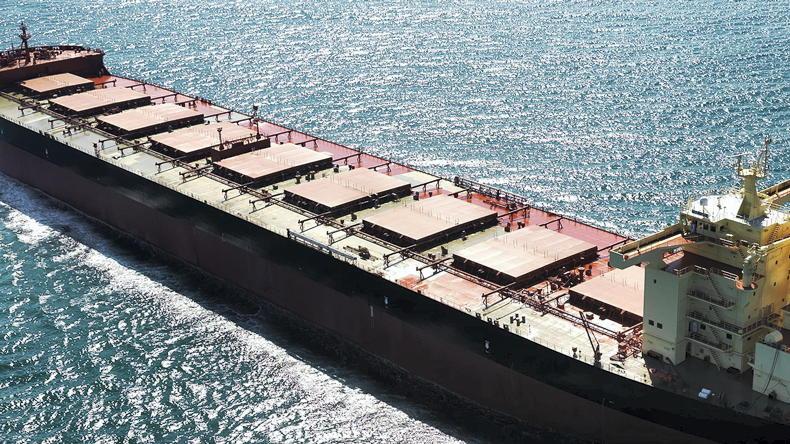Market transparency is crucial when it comes to trade in fertilisers since reduced availability and accessibility, interruption of supply chains and soaring prices jeopardise farmers’ ability to grow food and push more people to the brink of hunger, according to United Nations (UN) Food and Agriculture Organisation (FAO) Director-General (DG) Qu Dongyu.
Speaking at a fertiliser event at the World Food Forum last week, the FAO DG highlighted the need to produce more fertiliser and more effective international trade in fertiliser as key.
Regarding international trade in fertiliser, Qu Dongyu called for greater co-operation between east and west Europe and between Russia and the rest of Europe to support more availability.
"We need your solidarity for farmers, for global food production in the coming months and years," he said.
Increased production
The DG also noted that increased production was needed. However, he noted that nobody is willing to produce more, even in Russia, Ukraine, Belarus, Canada or other parts of the world.
But in the US, Mexico, Brazil and some parts of Europe and Africa, you have to produce more, he said.
He highlighted the need for strengthening political will, solidarity and collaboration among all members, while cautioning about the environmental effects of misuse or overuse of fertilisers.
The FAO confirmed that it would use big data to monitor the trade and determine fertiliser accessibility globally.
Five key drivers of fertiliser price increases
Explaining the price dynamics of fertiliser, Deputy director markets and trade division at FAO Josef Schmidhuber said nitrogen prices had increased by 300% to 400% while potassium and potash prices were up by about 200%.
Noting that these increases don’t occur every year, he said this is a once in a decade or once in two decades event. He highlighted five key reasons for the increase.
1. Energy prices: most important driver of nitrogenous fertiliser are energy prices. The key feedstock in almost all countries with the exception of China is natural gas.
Compared with global oil benchmark prices, natural gas prices have taken off by multiples of the oil price. As this is the key feedstock, fertiliser prices have to increase or upgrading margins in the fertiliser industry would become negative.
2. Trade restrictions: as prices have risen, some countries have kept the fertiliser for their own farmers and they started to restrict trade.
This was very much the case in the fourth quarter of last year and the first quarter of 2022 and prevented fertiliser getting out to markets that needed it.
Some of the big exporters employed trade restrictions. At the same time, there were import subsidies.
A number of countries tried to ensure that farmers didn’t have to pay very high prices for their fertiliser.
They tried to subsidise down the difference between the high international price and the low target price for farmers and that is also driving up international prices of fertilisers.
3. High and volatile transportation costs: up until September last year, freight prices really went through the roof, going up by multiples.
But from then onwards, the Baltic dry index, which is a key reference price for shipping freight costs, has come down considerably and so now it has become a stabilising factor for many of the importers.
It currently indicates that the price is less than half of what it was this time last year.
4. High affordability: the output prices of crops, which were very high and favourable in respect of fertilisers, so farmers consumed a lot in 2020 to 2021 and then the situation changed.
Output prices started coming down, fertiliser price started going up and affordability is falling.
5. Geopolitics and the war: when you read the press, you often read that fertiliser exports from Russia have fallen precipitously. That is not the case.
When we look at our actual FAO data, for nitrogen, potash and potassium over the past seven months, they are just 10% below the normal seasonal average.
And, very encouragingly, they have been rising over the past four months.
What is true is that exports from Belarus have fallen precipitously, resulting in a very strong decline in exports of potassium.






 This is a subscriber-only article
This is a subscriber-only article











SHARING OPTIONS: